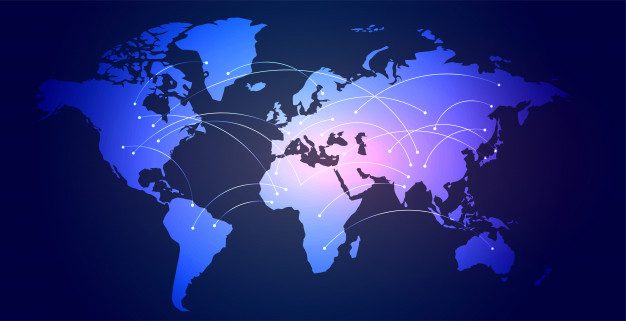The global supply chain network relies entirely on cross-border payments, and new research shows that the value of these transactions is estimated to increase from almost $150 trillion in 2017 to over $250 trillion by 2027, equating to a rise of over $100 trillion in just 10 years.
With this astronomical rise, business leaders should be prioritizing improving security and reducing the risks associated with intricate cross-border payments.
What are the challenges with cross-border payments?
According to The Bank of England, cross-border payments continue to lag domestic ones in terms of cost, speed, access, and transparency. Here is a look at these challenges with cross border payments in more detail:
- High costs: These payments are notoriously expensive due to the involvement of multiple parties across borders. The costs of market regulation also add up and pile on costs, alongside rising FX costs. In some instances, a cross border payment can take several days and can cost up to 10 times more than a domestic payment.
- Slow transactions: Cross-border payments can take approximately five working days to process, generally having longer settlement times. This could cause cash flow issues for businesses.
- Security issues: Each country has its own regulations, adding multiple layers to security processes around even a single transaction. However, countries with less regulation tend to be hotspots for fraud and crime.This was seen during the $81 million heist on Bangladesh’s central bank in 2016.
- Lack of transparency: Both businesses and consumers want transparency when it comes to cross border payments. In fact, a 2017 SWIFT and EuroFinance survey found that 64% of corporations want real-time payment tracking capabilities, while 47% wanted better visibility regarding the costs and deductions involved. This transparency is essential for tracking payments and avoiding hidden costs.
To tackle these issues, the Financial Stability Board (FSB) recently issued the report, G20 Roadmap for Enhancing Cross Border Payments, to make long-term improvements. The roadmap sets quantitative targets at a global level for addressing typical challenges such as speed, transparency, cost, and access. Targets such as ‘ensuring recipients receive the funds within one hour’ by the end of 2027 require commitment from the public, along with upgrades of every organization’s payments infrastructure to cloud automation.
Under these measures, automation can take the typical complexity out of cross-border payments and offer greater transparency. In turn, it reduces the risk of fraud and security breaches. supports economic growth and global development, and helps to increase profits for forward-minded companies.
The pandemic and global payments
If the pandemic did one thing, it brought to life the inefficiencies of the past, and altered the journeys of companies that have traditionally stuck to manual processes. Companies scrambled to find automated solutions to support remote work during quarantining, especially for back-office operations such as accounts payable. Businesses that already partially, or fully, adopted AP automation and payment solutions were ahead of the curve.
Automation meant that the AP team could work in real-time, from any device or location, to seamlessly pay invoices on time and maintain strong supplier relationships when retaining business mattered most. Many companies, however, recognized their strategic weaknesses in their global supply chains.
The value-chain shifts that began two years ago will fuel the need for automation to examine current supplier relationships and explore new ones in a global marketplace. With multiple currencies and regulatory protocols, automated payment solutions take the complexity out of international payments. As a result, acts of fraud and security risks are quickly and easily identified before they become costly problems.
Reinventing cross-border payments
So what can we do? With the current state of the global economy and the challenges of hybrid working, reinventing cross-border payments is crucial to retaining profitability and productivity.
There are many solutions that facilitate cross-border payments, Medius Pay, for example, ensures cross-border payments are sent the same day with no wire fees, cutting costs and saving time. International payments are sent through a global network of local bank accounts with full end to end transparency of settlement, reassuring the end user of the safety and accessibility of their payments.
With cloud AP automation, one interface can be used to make domestic and cross-border payments in real-time because the AP team and C-suite have the latest resources at their fingertips, regardless of time or location. An electronic invoice-to-pay process removes time-consuming and costly manual steps and takes control of security, audits, and payment approvals. Getting rid of manual processes also eliminates costly human errors and security breaches that impact a company’s reputation globally and profit margin.
As cross-border payments become the wave of the future in a growing global marketplace, AP automation and payments solutions are a necessary investment. Combining AP automation with payment automation can generate significant savings through rebates and discounts, helping companies realize a fast ROI on their automation investment.










